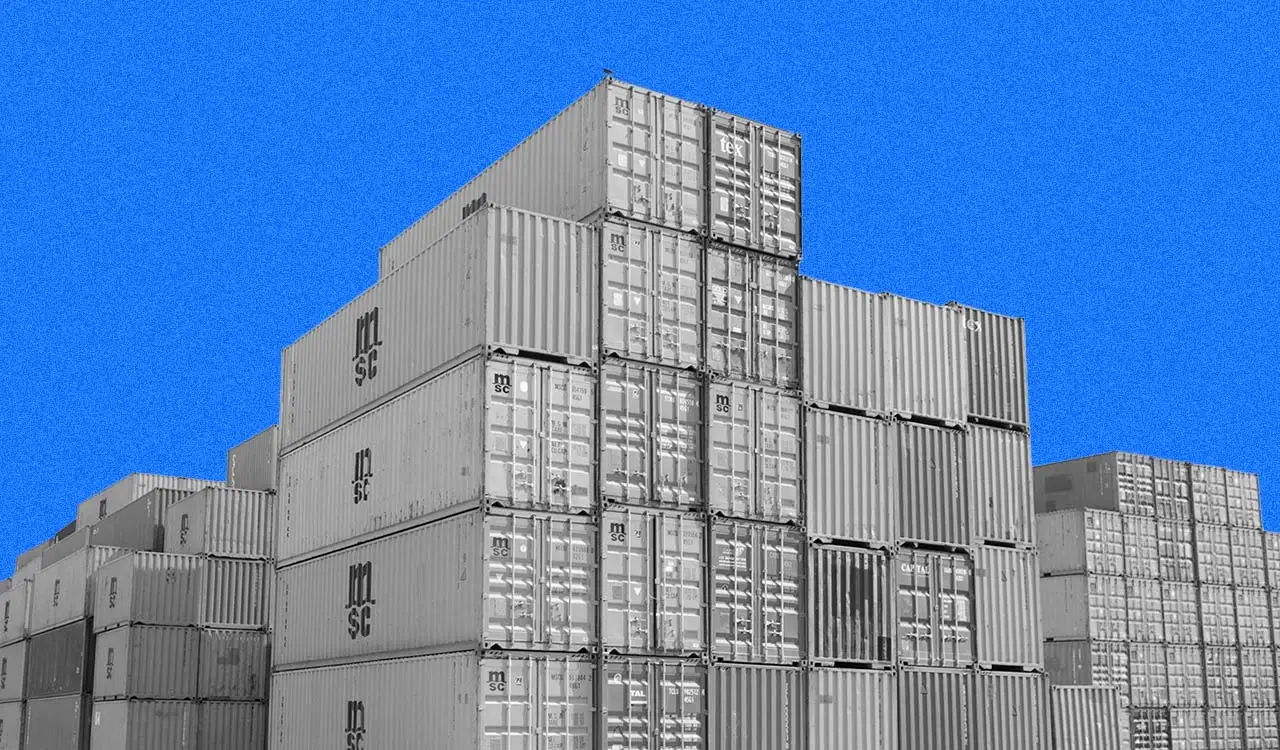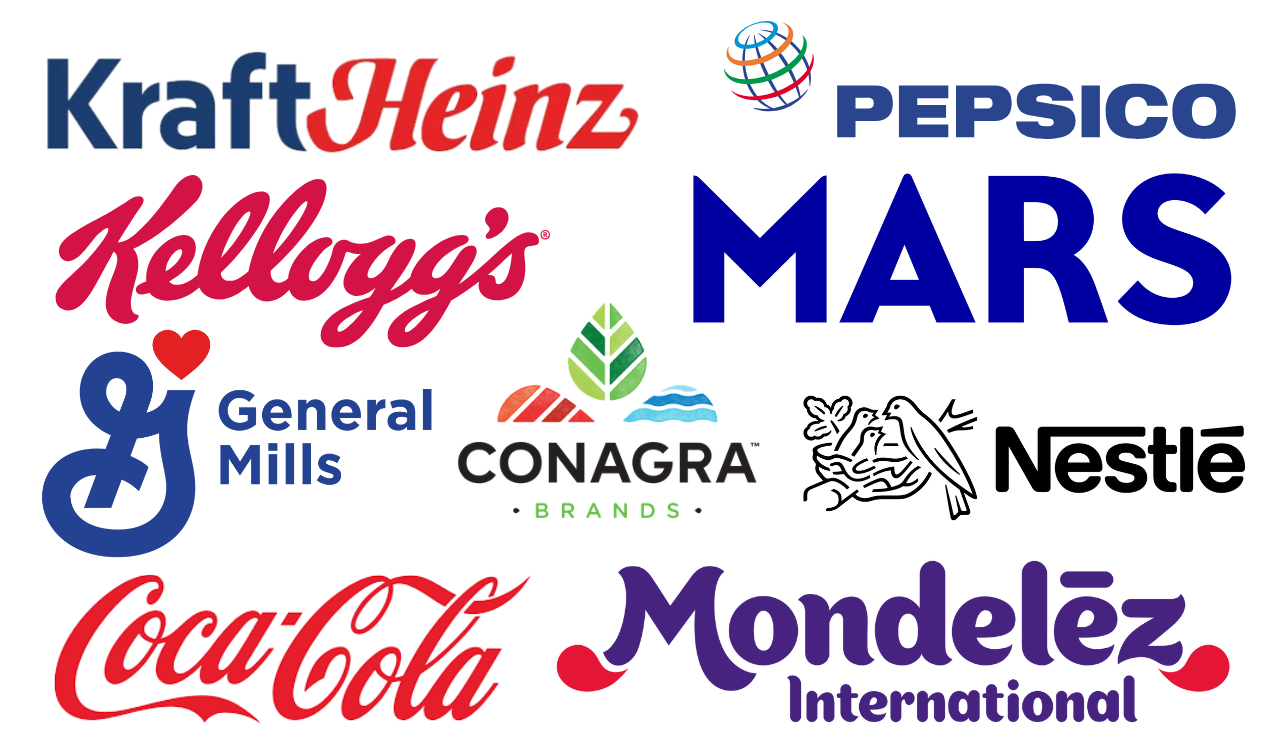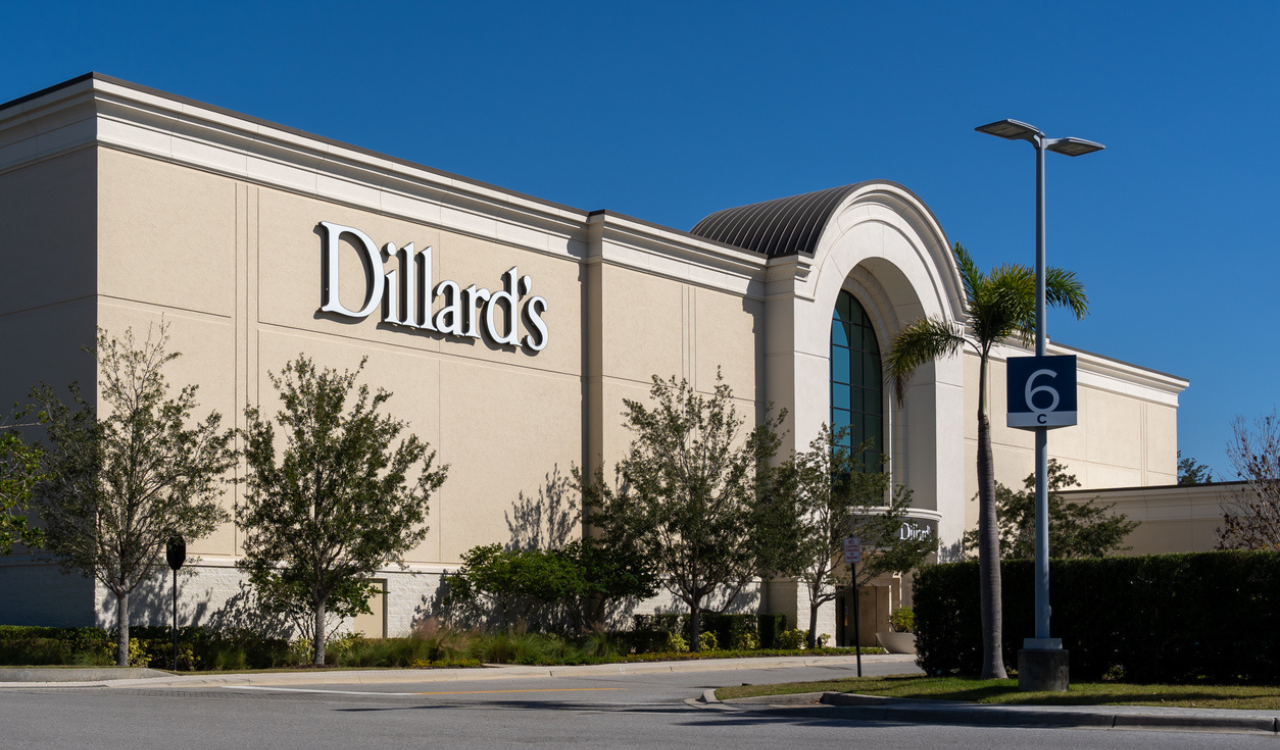As you read this, the longshoremen from Maine to the Gulf of Mexico are back at work and all those ships stuck offshore are starting to head to port, no longer stuck in the water – literally. This strike got settled faster than probably most people figured, caught up in presidential politics and global economics but what’s clear is that cargo will start flowing again into the DCs of American retailers and the living rooms and kitchens of American consumers. The 72-hour U.S. port strike impact will have more profound implications for American manufacturers.
We are likely to see an acceleration of the migration of sourcing out of China to elsewhere in Asia. After close to three decades of China being the go-to place for American companies looking for inexpensive, reliable and fast service on everything from consumer electronics and clothing to snow tires and pharmaceuticals, U.S. retailers, importers and brands have gotten spooked enough to start diversifying.
Residual Remains
Far less certain is what the longer-lasting impact of this strike will be. It was the biggest work stoppage in the eastern half of the country in decades and one of the largest anywhere in America in a long time. Estimates are that it costs the American economy $4.5 billion a day and it will take a week per day for the supply chain to get untangled. After seeing how discombobulated things got during the worst of the pandemic meltdown that’s not hard to believe. The quick settlement probably means very little in the way of spoiled food or products missing their intended places in stores. That’s good.
Yet, it’s the effects down the road that businesses in the business of importing stuff should be more focused on. This may not be a turning point in how America gets the products it needs but there’s a very real sense that unlike previous supply chain bottlenecks – natural or unnatural – this one is going to have a longer lasting impact.
We see five key areas where this dock strike could fundamentally change the face of sourcing and production.
- A Reset of the Sourcing Map
It’s already been going on since the start of the Trump tariffs and then the pandemic, but we are likely to see an acceleration of the migration of sourcing out of China to elsewhere in Asia. After close to three decades of China being the go-to place for American companies looking for inexpensive, reliable and fast service on everything from consumer electronics and clothing to snow tires and pharmaceuticals, U.S. retailers, importers and brands have gotten spooked enough to start diversifying.
India, Pakistan, Vietnam, Bangladesh and Indonesia have been the Asian beneficiaries of this movement even if individually none have proven to be as good as China. Collectively however they provide a cobbled-together jigsaw puzzle that works…mostly.
One problem remains however, it’s called the Pacific Ocean. No matter what the country of origin is those goods still have to be put on a giant container ship and spend 28 days on the water before arriving at American West Coast ports in Long Beach, San Francisco and Washington State. It’s even longer to the East Coast, but no matter the final destination, the voyage has become ever more perilous due to terrorists off the coast of the Middle East, pirates around Africa and the diminished capacity of the Panama Canal. U.S. importers have to be looking at this latest labor shutdown – even as it’s settled – as the last straw for ocean-based supply chains. The model has not sunk…but it’s taking on water.
- Nearshoring
It’s why the entire concept of moving production closer to the point of consumption is gaining momentum. Goods coming in from Mexico, Canada, the Caribbean, Central America and even South America can arrive via trucks, sometimes rail and even if they come by boat the trip is shorter and easier. It’s why more and more U.S. importers are exploring an Americas strategy for sourcing. It doesn’t work for every product – electronics and anything with a plug is still a challenge – but it’s getting better as Latin American suppliers learn how to service consumers north of the border. Asia is likely to remain the largest resource for U.S. importers, but its percentage of the product pie will continue to shrink.
- Supply Chain Management
For decades American companies – and American consumers – have thrived under a just-in-time manufacturing model where inventory levels are kept to a minimum and much of what we consume is made relatively close in time to when we do that actual consumption. Toyota perfected the just-in-time model and big companies jumped on it with great success. Now it’s being rethought. The pandemic exposed the weakness of that model when there was little in the way of backup as supply chains shut down. The process of building a little more time into the production cycle began and things like port strikes, natural disasters such as hurricanes and global politics were forcing companies to rethink all of this and create more of a cushion in the chain. It’s not the best thing for bottom lines but not nearly as bad as having nothing to sell because you cut it too close.
- Domestic Manufacturing
Despite the campaign rhetoric on both sides of the election of bringing jobs back to the U.S., this is just not a practical solution. The factories are long since gone for large-scale manufacturing. Not to mention the workers now employed in the service sector who no longer want to work in those factories – even if they had the skill levels to do so. There’s also the matter of the intra-manufacturing supply chain. There are all too many stories of companies trying to make it here as manufacturers being unable to find that last widget, they need to complete the manufacturing process. Turns out there are only two companies in the world who make it – and they are both located in China. That ain’t gonna work. Just as it took a generation or two for manufacturing to wind down across America it could take at least that long for it to get restarted at any appreciable size or scale. That will take patience, something neither U.S. companies nor U.S. consumers have very much of. So, as nice as the idea of bringing it all back home is, it’s just not realistic.
- Tariffs
The upcoming presidential election presents one of the widest contrasts in how each candidate will address the issue of trade. Even as President Biden ended up continuing many of Donald Trump’s tariffs, especially China tariffs, Trump 2.0 is talking about a wildly more aggressive plan that could mean duties as much as 100 percent (sometimes he says 60 percent) on anything – ANYTHING – out of China and maybe 10 or 20 percent on everything from anywhere – ANYWHERE – else. The Harris platform is much less aggressive but has been on the same page about punishing China while trying to protect American jobs. Again, both stances ignore the realities of how these policies actually play out (higher prices that American consumers have to pay for), but they do make for good politicking. Whoever wins and whatever they do, all of it is spooking the hell out of U.S. companies who are looking for ways to protect their businesses. Moving sourcing and changing their models are the best choices but each takes time, investments, and that patience thing again.
Port Whine
But here’s the thing. This dock strike was quick and probably not very damaging to most American businesses. By itself it won’t change much, but coming on top of all that’s happened – and let’s not forget collapsed bridges in Baltimore, ocean freight pricing cartels and whatever the next natural disaster is – many U.S. companies have to be saying enough is enough.
They keep waking up in the middle of the night in a cold sweat wondering where their T-shirts and towels are. We need a better system. And we need it right away. This port strike all told was not that bad. But it’s quite possible it’s Strike Three when it comes to changing the global sourcing business.





